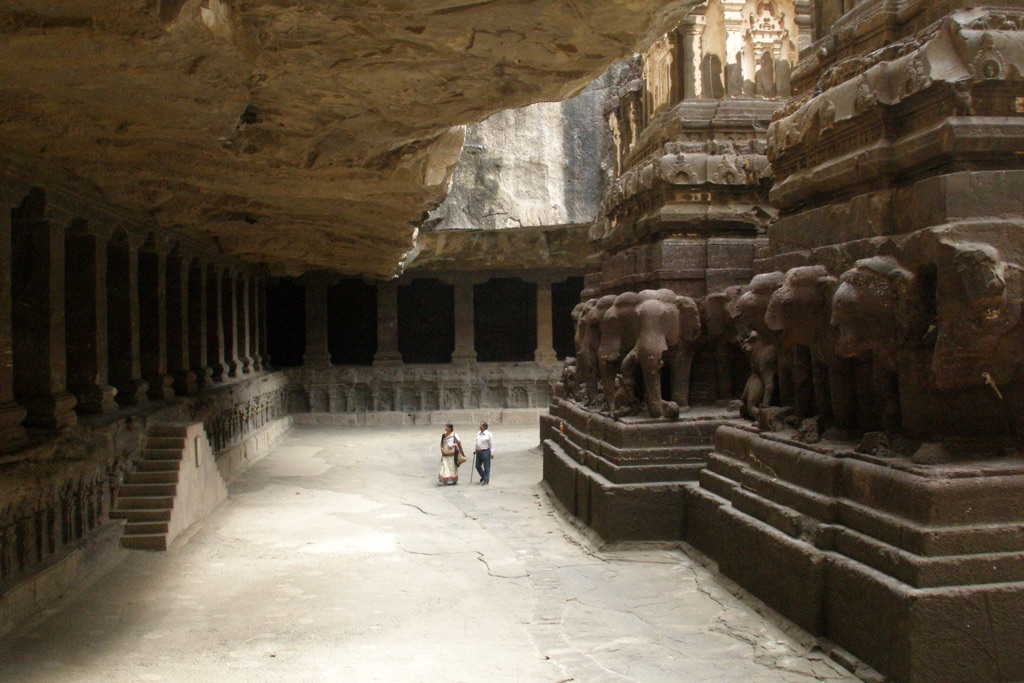The Ellora Caves, a UNESCO World Heritage Site, are an impressive complex of rock-cut temples and monasteries. They represent the epitome of Indian rock-cut architecture. Located in the Aurangabad district of Maharashtra, India, these caves are renowned for their monumental caves and are a testament to the religious harmony prevalent during the period of their construction. The site features over 100 caves, of which 34 are open to the public. These include Buddhist, Hindu, and Jain temples, each illustrating the spirit of tolerance that was characteristic of ancient Indian civilization.
Get your dose of History via Email
Historical Background of Ellora Caves
The discovery of the Ellora Caves dates back to the early medieval period, but they gained prominence in the 19th century. John Smith, a British officer from the Madras Presidency, stumbled upon Cave 10, a Buddhist vihara, in 1819 during a hunting expedition. The caves were built by the Rashtrakuta dynasty, which ruled large parts of the Indian subcontinent between the 6th and 10th centuries AD. They were later expanded upon by the Yadava dynasty. The caves served as monasteries, temples, and a rest stop for pilgrims. The site’s strategic location on an ancient South Asian trade route also contributed to its importance.
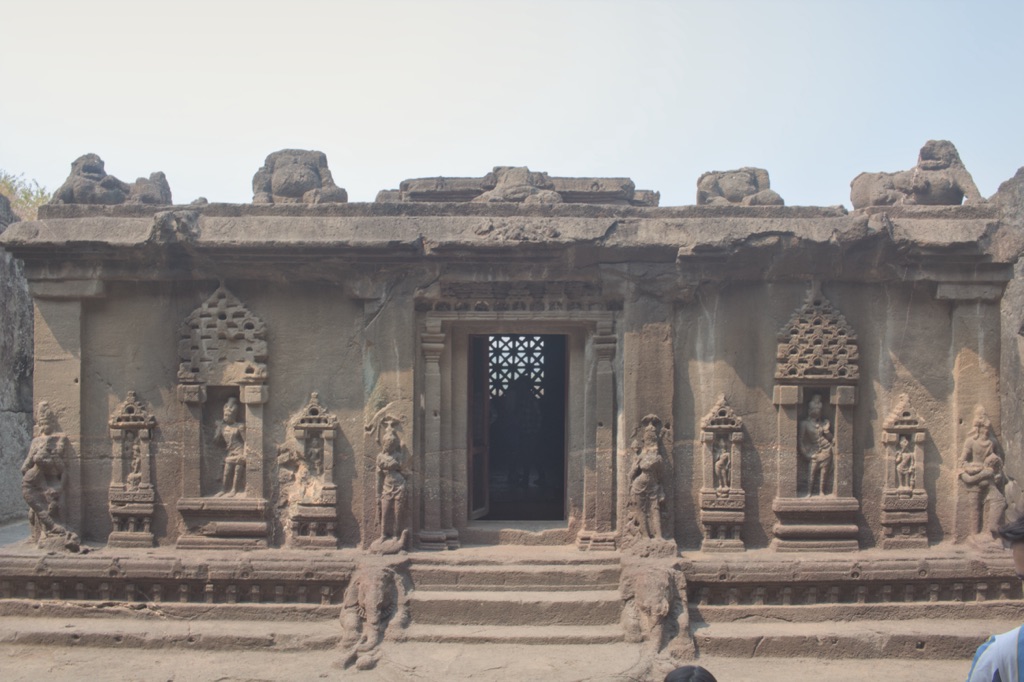
Construction of the caves was a monumental task that involved the removal of tons of rock by hand. The builders used chisels and hammers to carve the caves from top to bottom. The Ellora Caves were not built as a single project but rather as a series of undertakings that spanned several generations. They reflect the religious diversity of the region, with 12 Buddhist, 17 Hindu, and 5 Jain caves that coexist in harmony. The most remarkable of these is the Kailasa temple, which is the largest monolithic structure in the world, dedicated to Lord Shiva.
Over the centuries, the Ellora Caves have been visited and admired by numerous travelers, historians, and scholars. They have been the subject of various historical texts and inscriptions. The caves have also witnessed several historical events, including the nearby battles and changing dynasties. However, they have remained a place of continuous worship and pilgrimage throughout the years.
Despite their historical significance, the caves were abandoned and fell into obscurity before their rediscovery. After their rediscovery, the Ellora Caves became an important archaeological site. They have been preserved and studied extensively. The caves offer a unique glimpse into the lives and religious practices of the time.
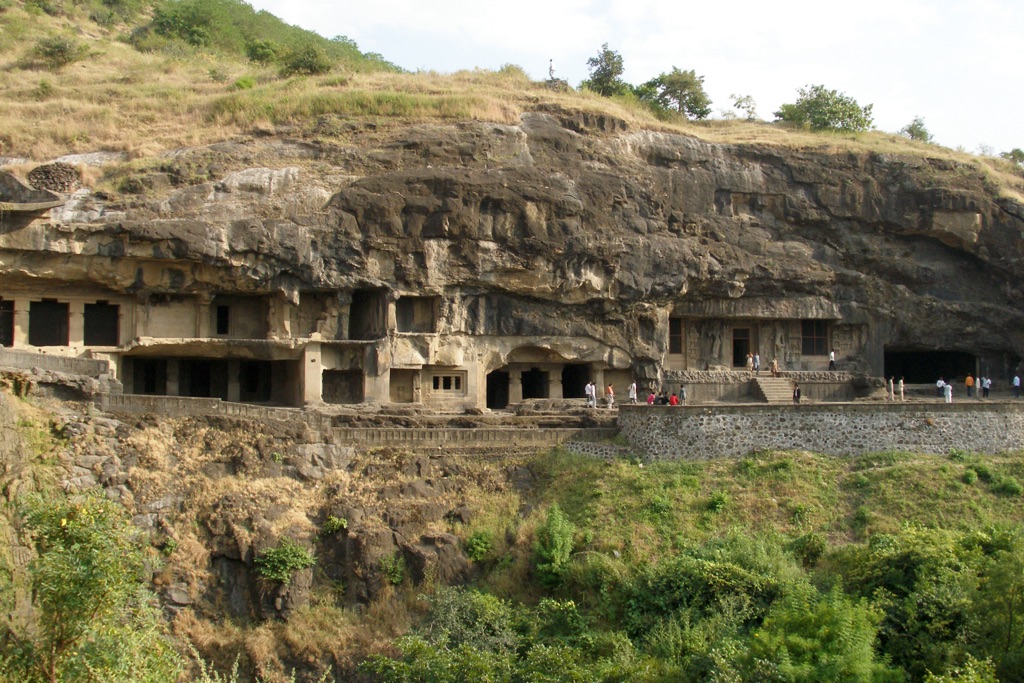
The Ellora Caves have not only survived the ravages of time but have also provided an invaluable source of information on the socio-economic and cultural history of ancient India. They continue to be a site of historical importance and a destination for tourists and scholars alike.
About Ellora Caves
The Ellora Caves are a complex of 34 temples and monasteries hewn directly into the basalt cliffs of the Charanandri hills. They represent the pinnacle of Deccan rock-cut architecture. The caves are divided into three religious groups: Buddhist, Hindu, and Jain. Each group reflects the respective religious art and architecture of the time. The caves are numbered roughly from south to north, 1 to 12 being Buddhist, 13 to 29 Hindu, and 30 to 34 Jain.
The Buddhist caves are the oldest, dating from 500 to 750 AD, and are mostly viharas or monasteries. They feature intricately carved prayer halls and monastic cells around a central courtyard. The Hindu caves were carved during the Rashtrakuta period and are adorned with a variety of gods and goddesses from the Hindu pantheon. The Kailasa temple in Cave 16 is a highlight, notable for its size, architecture, and sculptural treatment.
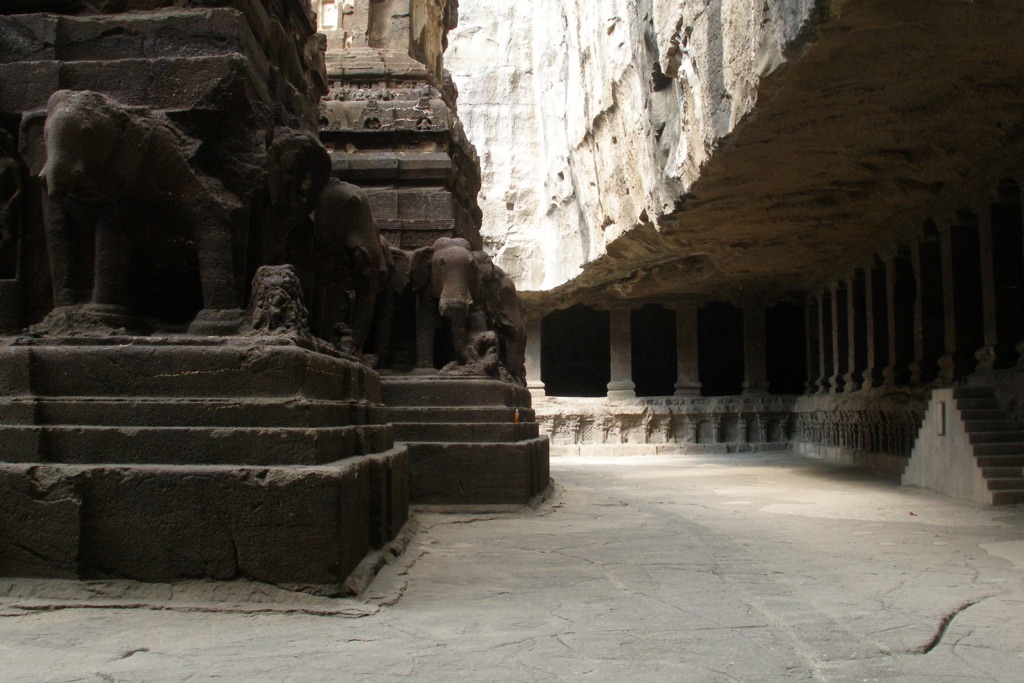
The Jain caves, dating from 800 to 1000 AD, are the last to be constructed. They are known for their detailed carvings and strict adherence to Jain iconography. The Jain caves are smaller but equally impressive, with intricate detailing and a number of Jain deities depicted in the carvings.
The construction techniques of the Ellora Caves involved chiseling away the vertical face of the rock to create the desired structures. This required precise planning and execution, as the artisans had to work downwards from the top of the cliff. The rock-cut architecture is complemented by elaborate facades, rock-cut pillars, and interior spaces that are richly decorated with sculptures and reliefs.
The Ellora Caves are not only a marvel of ancient engineering and architecture but also a canvas that displays the religious and artistic dynamism of the time. The caves are a testament to the skill and dedication of the artisans who created them and continue to inspire awe among all who visit.
Theories and Interpretations
Several theories and interpretations surround the Ellora Caves, reflecting their complex history and cultural significance. Scholars have debated the purpose of the caves, with some suggesting they were used for religious ceremonies, while others believe they served as retreats for monks during the monsoon season. The coexistence of three different religious traditions in such close proximity is also a subject of interest, indicating a high level of tolerance and cultural exchange.
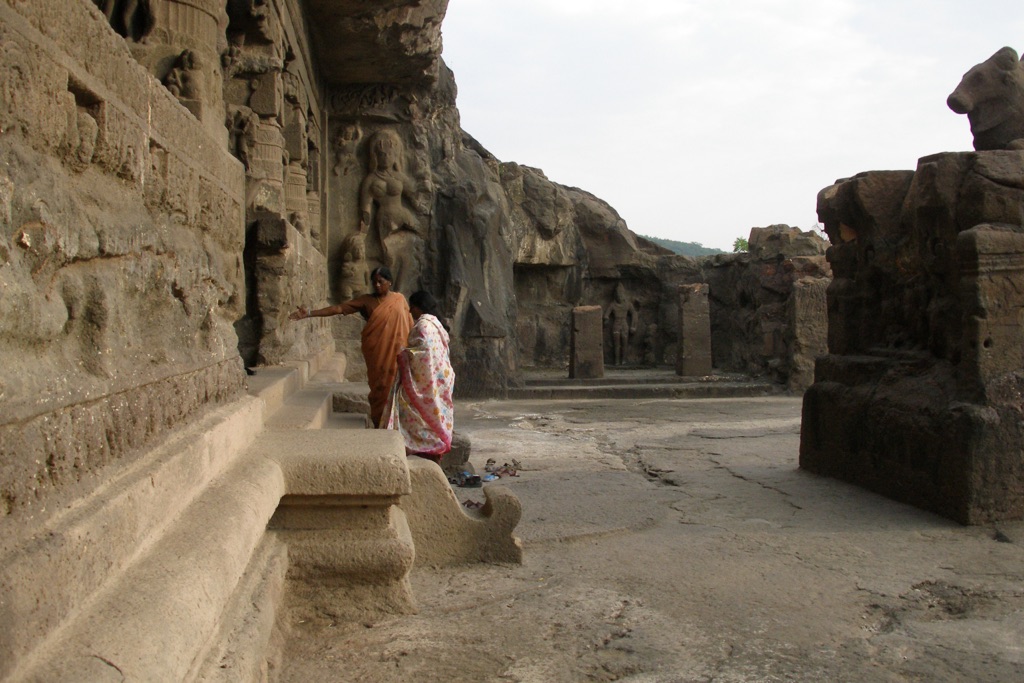
The Kailasa temple, in particular, has been a focal point for theories about its construction. Some suggest that it was built with the aid of extraterrestrial intervention, given its size and the precision of its carvings. However, historians and archaeologists attribute its construction to human ingenuity and the advanced state of ancient Indian rock-cut architecture.
The caves have also been interpreted as a reflection of the socio-political climate of the time. The Rashtrakuta and Yadava dynasties, under whose patronage the caves were constructed, are thought to have promoted religious and cultural activities as a means of legitimizing their rule and demonstrating their power and wealth.
Dating the caves has been a complex task, with archaeologists using stylistic analysis of the carvings and inscriptions to estimate the periods of construction. Carbon dating and other scientific methods have been less useful due to the nature of the rock-cut structures.
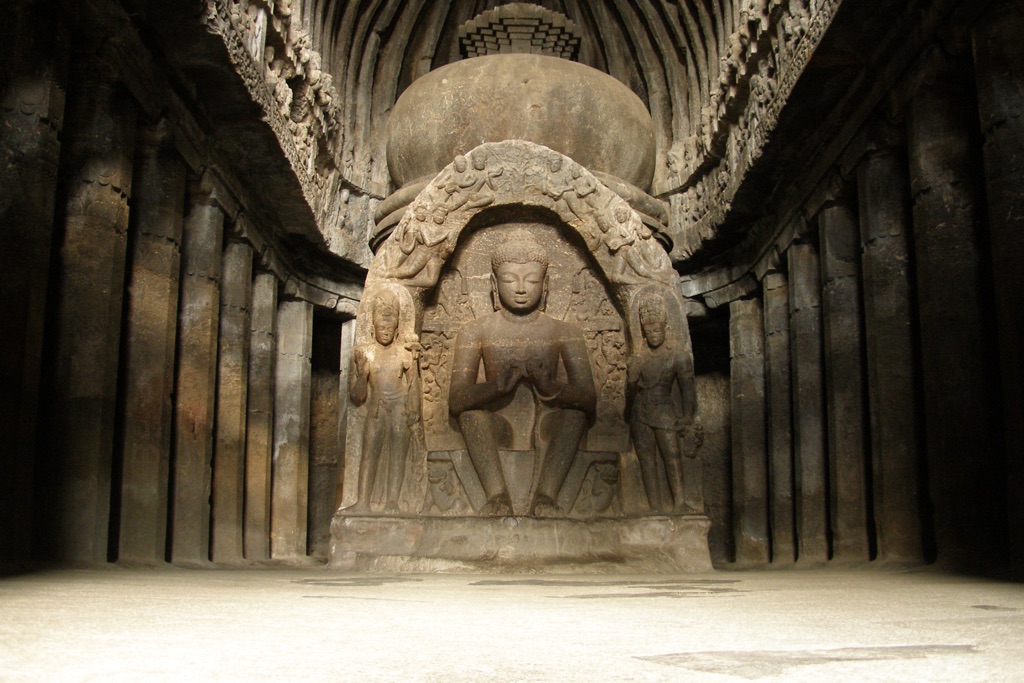
The Ellora Caves continue to be a subject of research and study, with new findings and interpretations contributing to our understanding of ancient Indian history. The site remains a valuable resource for scholars interested in the religious, cultural, and artistic heritage of India.
At a glance
Country: India
Civilization: Rashtrakuta Dynasty and Yadava Dynasty
Age: Ranges from 500 AD to 1000 AD

